
Electrum Coins vs. Lydian Coins: A Comprehensive Comparison
Here is this article you gonna find aout the importance of Electrum Coins vs Lydian Coins. Coins have played a pivotal role in shaping economies and…
Read article
Here is this article you gonna find aout the importance of Electrum Coins vs Lydian Coins. Coins have played a pivotal role in shaping economies and…
Read article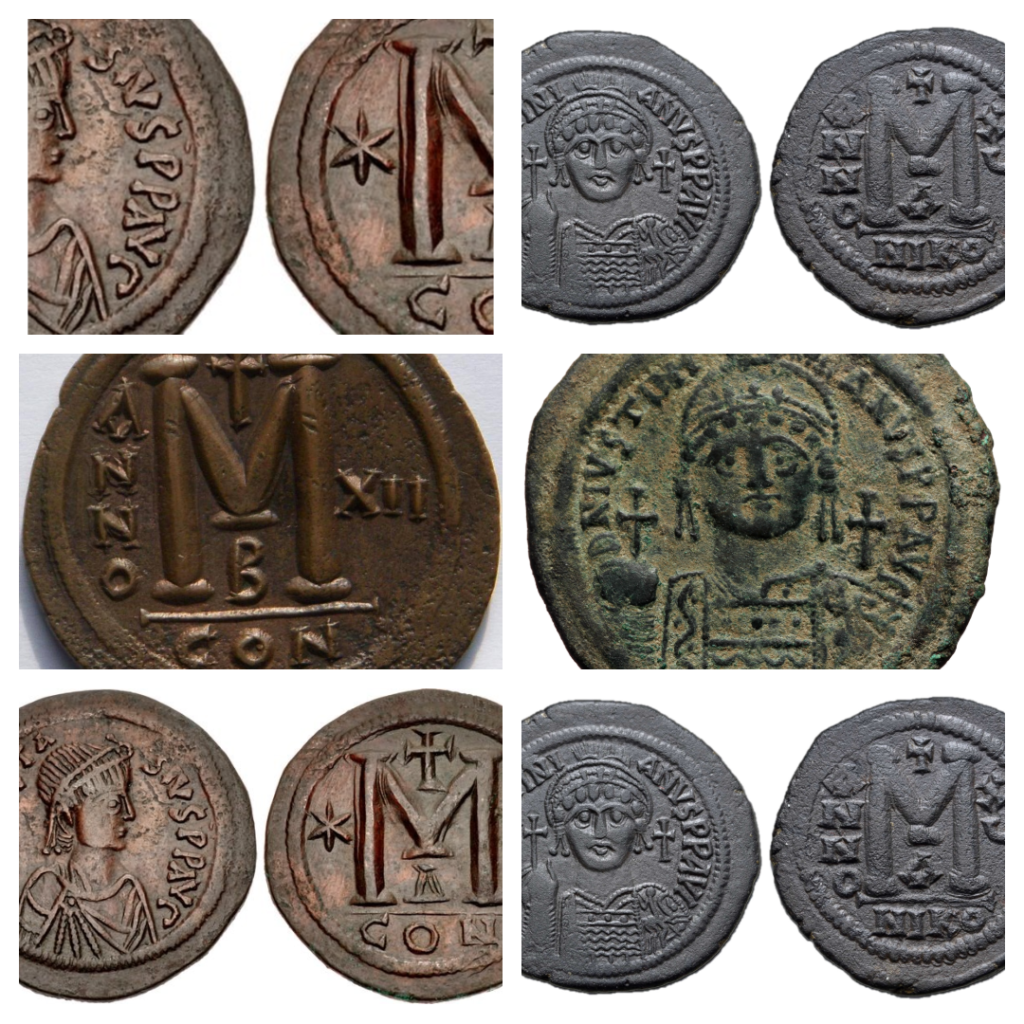
What Are the Symbols on Byzantine Coins? A Collector’s Perspective If you’ve ever looked closely at a Byzantine coin, you’ve probably noticed some strange letters and…
Read article
Roman Coins and Their Values: A Collector’s Guide Through Time If you’ve ever held a Roman coin — even a simple bronze As — you’ve held…
Read article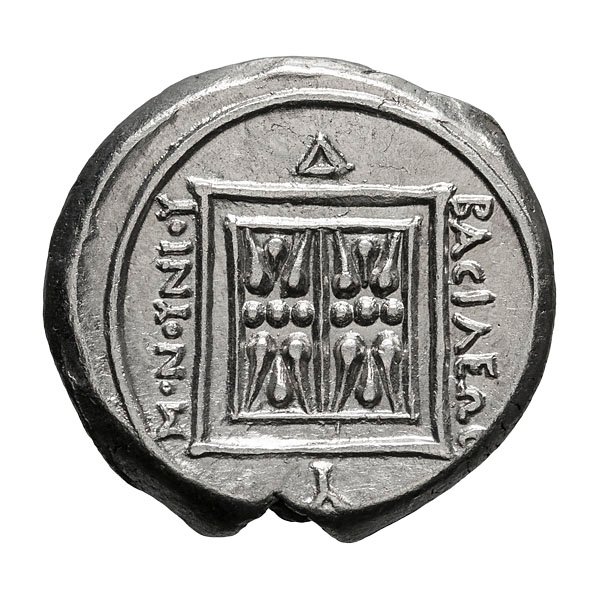
The Monunius Coin: A Glimpse into Ancient Illyrian Pride Most people see coins as money — practical, cold, emotionless. But some coins, like the ones minted…
Read article
How to Identify Medieval Coins (Without Losing Your Mind) Ever held a really old coin in your hand and thought, “What on earth am I looking…
Read article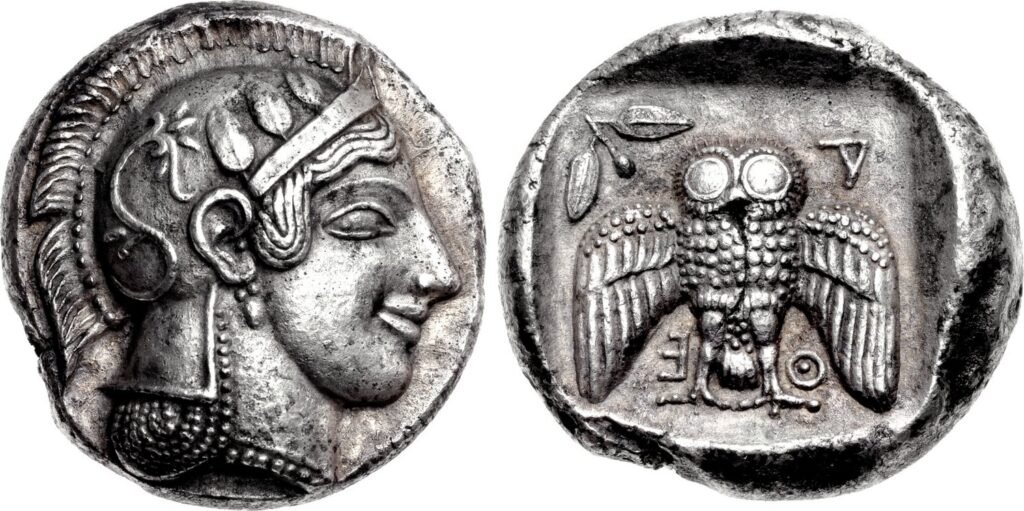
Ancient Greek Coin: Art, History, and Power in Your Palm There’s a kind of magic in holding an ancient Greek coin. It’s not just a lump…
Read article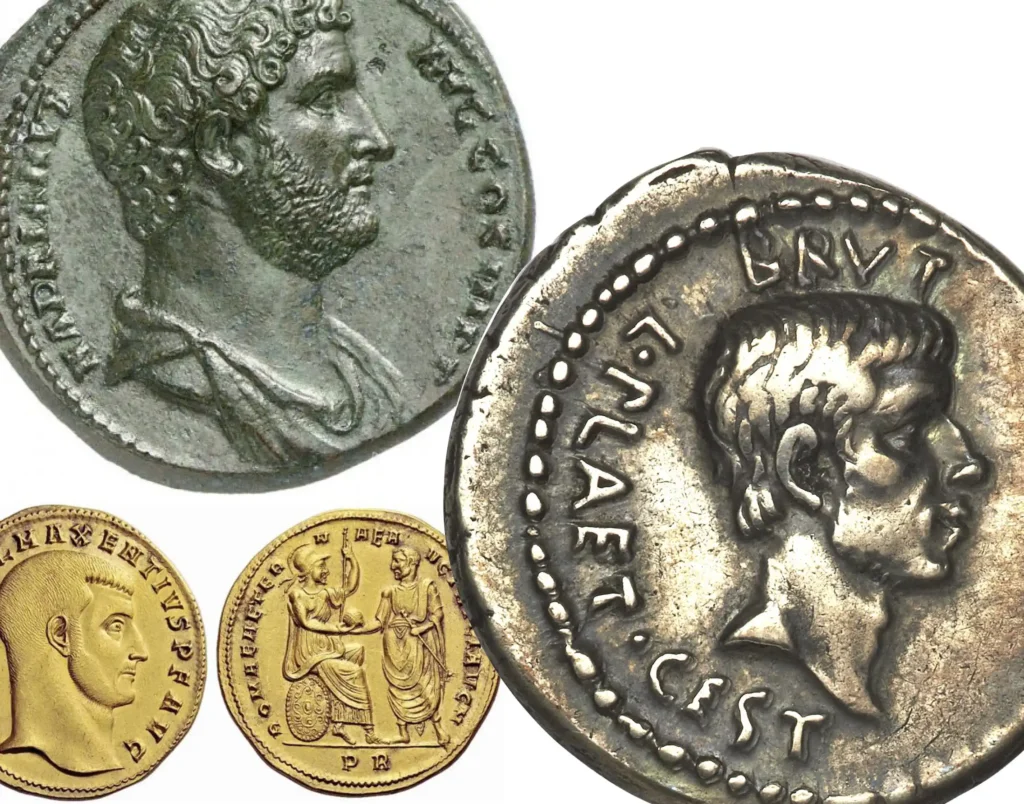
Rare Roman Coins: The Ultimate Collector’s Guide Roman coins aren’t just relics — they’re time travelers in metal form. Every once in a while, a particular…
Read article
Roman Coins: Pocket-Sized Propaganda So, the Roman coinage, ever dug a coin out of your pocket and glanced at it? In Rome, that casual glance was…
Read article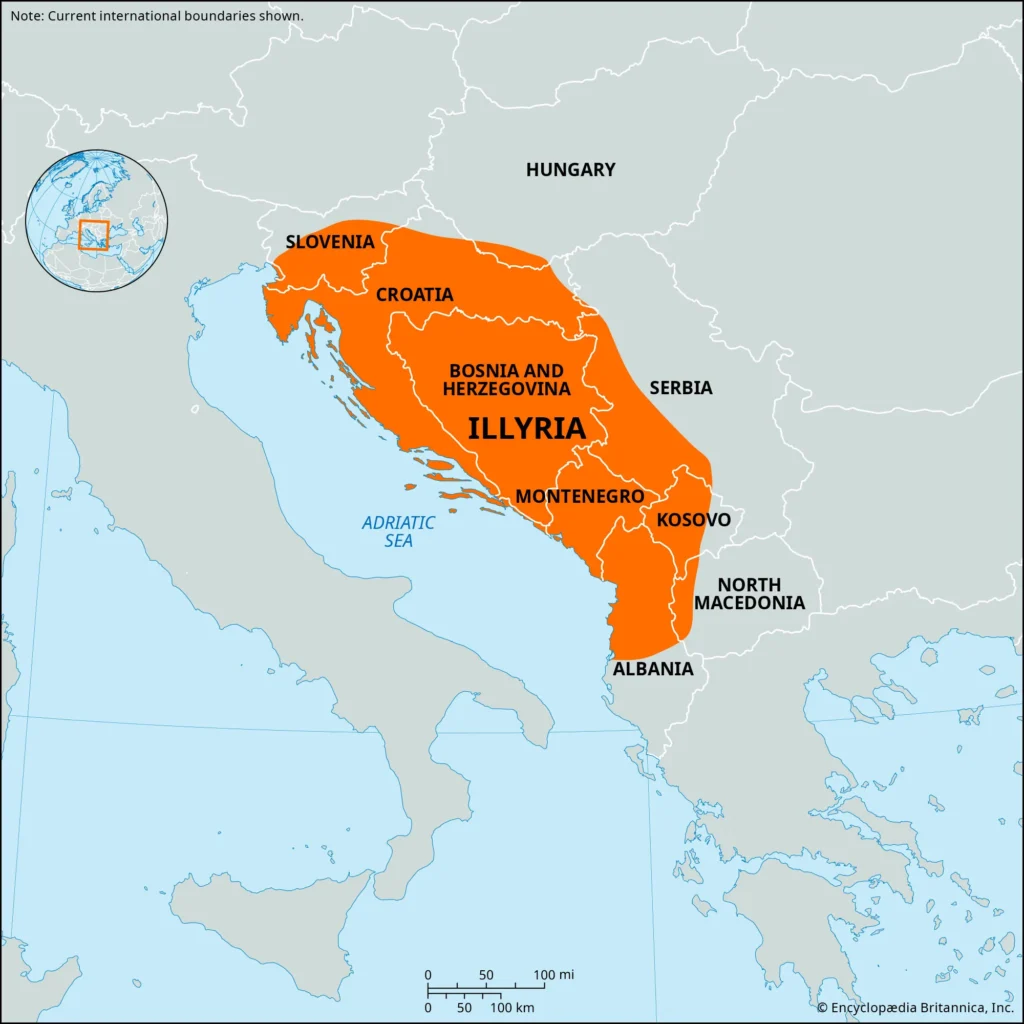
Illyricum and Epitaurum: Where Illyrian Pride Met Roman Power Illyricum you can find it beneath the modern resort town of Cavtat, Croatia, lie the forgotten echoes…
Read article
Divine Currency: How Gods Ruled Ancient Coins Money talks—but in the ancient world, it prayed. Greek and Roman coins weren’t just pocket change; they were miniature temples,…
Read article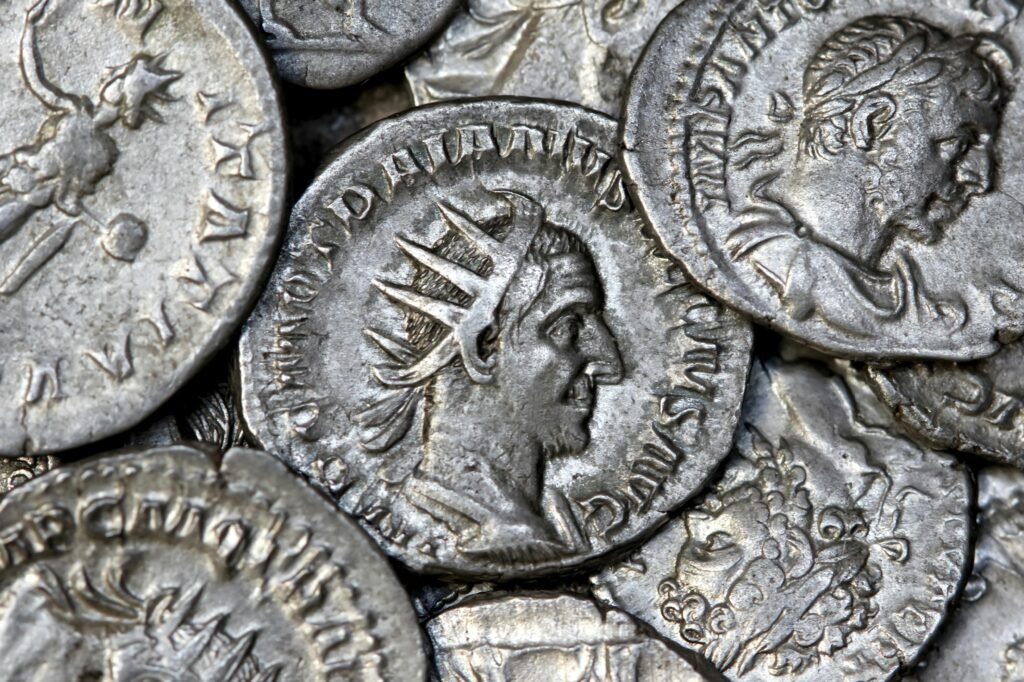
A Collector’s Take: Where Did Coins Really Begin? Let me tell you something — every time I hold an ancient coin in my hand, I’m not…
Read article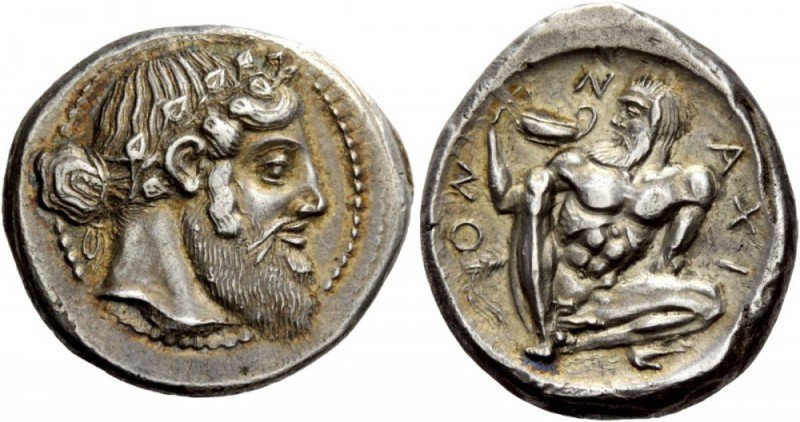
Ancient Coins for Sale: What I’ve Learned (and What You Should Know) I still remember the first time I bought an ancient coin. It was a…
Read article
Why Identifying Ancient Greek Coins Is So Addictive Are you looking of how to identifying ancient Greek coins? Well, here you gonna find out the answer.…
Read article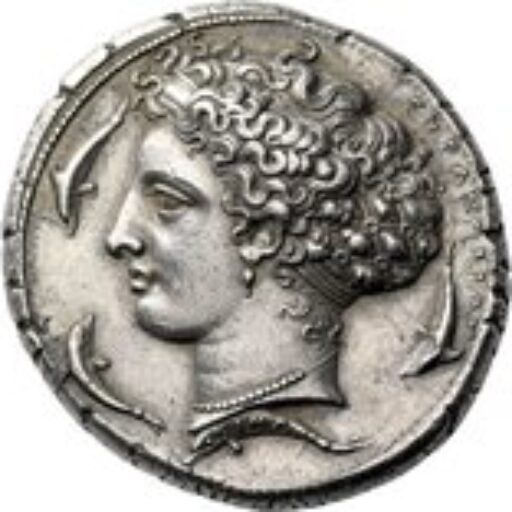
Syracuse Coins: Masterpieces of Ancient Greek Numismatics In the golden age of Greek coinage, no city produced more breathtaking currency than Syracuse—a Sicilian powerhouse where art, politics,…
Read article
Apollonia Coins: Maritime Wealth and Cultural Power in Ancient Illyria Tucked along the shimmering Adriatic, the city of Apollonia was once one of Illyria’s brightest coastal…
Read article
The Ultimate Guide to Ancient Persian Coins: History, Types, and Collecting Tips Ancient Persian coins are a testament to the rich and diverse history of the…
Read article
The Classics: Must-Have Ancient Coin Books Let’s be honest—Google and AI tools are everywhere now. But when it comes to ancient coins books it is very…
Read article
Ancient Coin Museums: Where History Lives in Your Hand Why should you collect an ancient coin museum? If you’ve ever held an ancient coin and felt…
Read article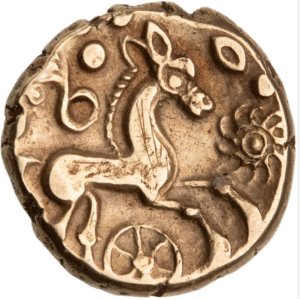
Celtic Coins: A Collector’s Journey Into the Tribal Treasures of Ancient Europe The first time I held a Celtic coins, I was hooked. It wasn’t the…
Read article
The Thrilling World of Ancient Coin Auctions: A Comprehensive Guide Ancient coin auctions represent a fascinating intersection of history, art, and commerce. These events are pivotal…
Read article
Ancient Coin Dealers: Guardians of History’s Smallest Treasures Ancient coin dealers aren’t just sellers—they’re storytellers, detectives, and preservationists. Every coin they handle has passed through the hands…
Read article
Old Roman Coins: A Collector’s Journey into the Past Old Roman coins aren’t just old currency—they’re relics of empire, tokens of ambition, and miniature time machines.…
Read article
How to Spot Fake Coin: A Collector’s Survival Guide Well detecting face coin it is very hard but when you check for elements you never fail.…
Read article
Introduction of Roman Mints Here’s a more comprehensive list of Roman mints, showcasing their geographical diversity and historical significance across the Roman Empire: This list illustrates…
Read article